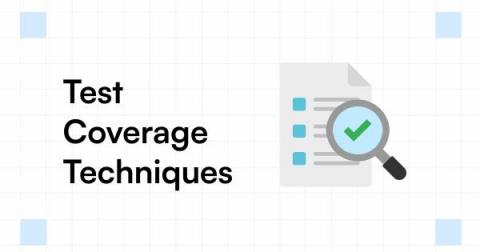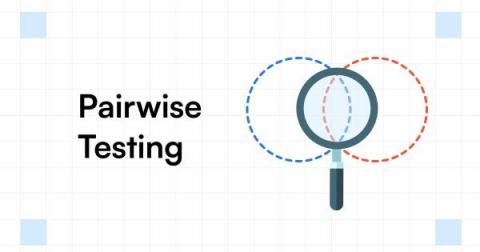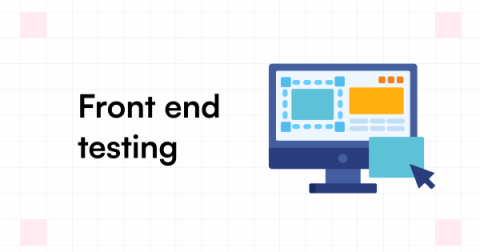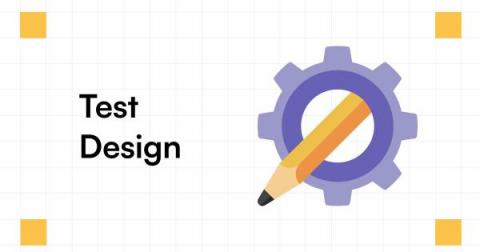Compliance Testing: Everything You Need to Know in 2023
Welcome, software testers and compliance geeks! Today we’ll look into Compliance testing, which can sound like a dry and daunting task, but we will make this fun. Consider yourself a software tester who has just been set with verifying that your company’s latest application complies with all the necessary regulations and standards. This might be intimidating, but don’t worry; we’ve got your back.











